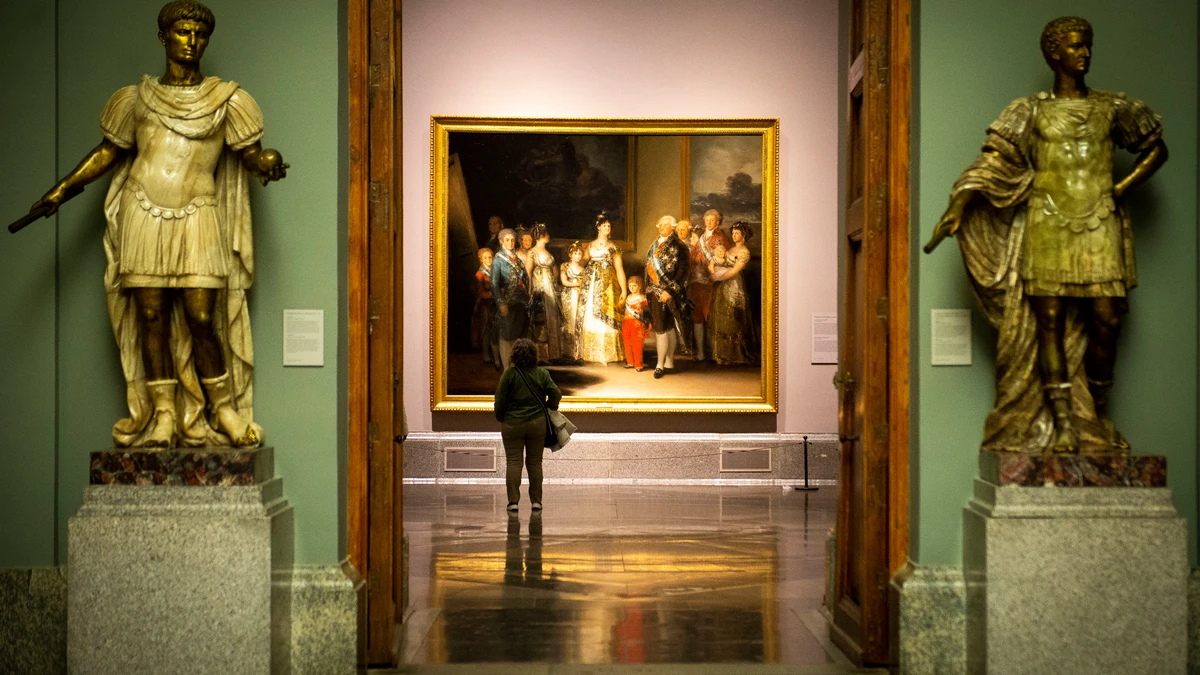
A painting of Francisco de Goya Disappeared during the War of Independence, it has now appeared in the Community of Madrid, more than 200 years after it was lost. Its about portrait of king Ferdinand VII that Talavera de la Reina commissioned the painter 216 years ago. A painting measuring 69 by 60.5 centimeters whose value, according to the lawyer and art appraiser Javier Gallego, who has found its whereabouts, is between 15 and 20 million of euros.
It all began in 1808, when the Toledo City Council commissioned Goya to create a half-length portrait of Ferdinand VII at 23 years old, uniformed with the Carlos III sash, insignia and the Golden Fleece – the same royal jewel that Felipe VI imposed on Princess Leonor in January 2018 -. At that time, many city councils commissioned various artists to create portraits of the monarch, as a sign of loyalty.
At the end of that summer, the Galarza y Goicoechea Society, a company made up of Goya’s in-laws, He moved the portrait from Madrid to Talavera by mulebut, according to Gallego’s theory, during the War of Independence the painting disappeared since “there was an express order to loot”. To replace it, the city council asked the painter Vicente López Portaña to make a replica, which is currently in the spaces of the Talavera de la Reina Town Hall.
After the defeat of the French in 1813, Spain recovered some paintings seized by Napoleon’s army, including this portrait, and He gave it to the Duke of Wellington. In the 1990s, the Higher Center for Scientific Research (CSIF) published that there was evidence of payment by the Talavera City Council to the painter for the portrait and that is where Gallego’s curiosity about this matter began.
Last March, Gallego received “an enigmatic call from a lawyer” who told him that one of his clients was the current owner of the workwho had bought it years before, legitimately, in a auction public and communicated to the Ministry of Culture.
According to Gallego, the tests carried out so far confirm that This is the missing portrait: Goya’s signature on the frame of the canvas, the seal of Galarza and Goicoechea, the pigment studies, the inscriptions on the front of the Duke of Wellington, the payment receipt from the city council, the delivery receipt and the dimensions.
Furthermore, the X-rays have revealed a second portrait of Fernando VII behind the canvas, which will be attempted to be recovered with artificial intelligence. “At that time of war, European ports were blocked by the English navy, which caused material shortages and Goya had to reuse paintings,” says Gallego.
The current owner of the painting intends to exhibit the painting in storage in Talavera for at least three years so that it can be visited, he has already raised it with the City Council and, according to Gallego, “there is full agreement for it to be carried out.”
Source: Lasexta
Bruce is a talented author and journalist with a passion for entertainment . He currently works as a writer at the 247 News Agency, where he has established himself as a respected voice in the industry.












